Ooparts - mysterious artifacts out of time (7 photos)
The history of the world is full of curiosities and unsolved mysteries. Who among us would not like to know the answers to questions about how dinosaurs actually became extinct or how the Egyptian pyramids were built? 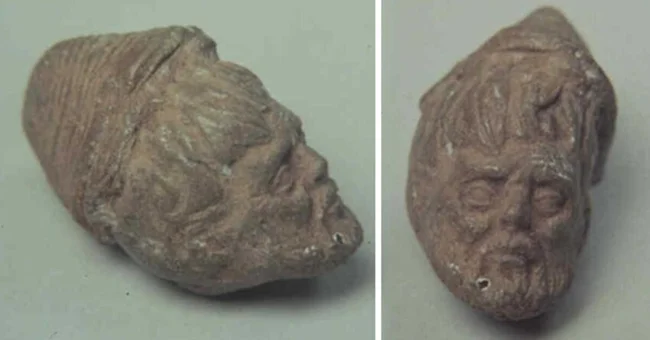
Moreover, this is just a drop in the ocean of mysteries that for centuries have forced researchers and scientists to wrinkle their foreheads in an attempt to understand the meaning of this or that artifact.
On this channel, I often touch on mysteries that challenge generally accepted ideas about the world and history. They awaken our imagination, force us to think outside the box and look for answers to seemingly mundane questions in new directions. 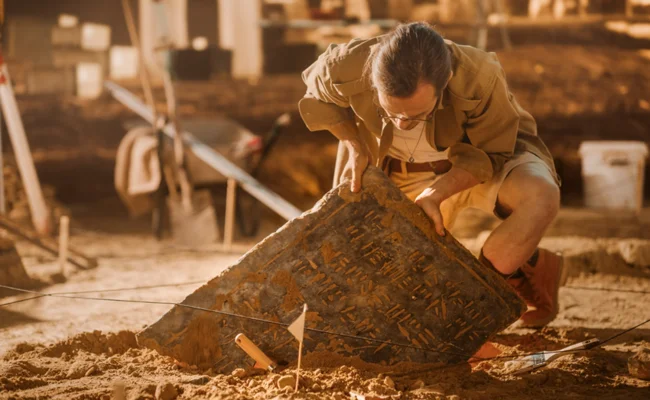
And the quintessence of the mysteries of history, in my opinion, are ooparts - archaeological artifacts that look unusual, and sometimes out of place in the place where they were discovered. In doing so, they challenge the classical reading of world history.
Some call them "irrelevant artifacts" that were too advanced for the technology of their time. Just some of them will be discussed in this article.
What are ooparts?
Imagine this scenario for a moment: a team of archaeologists and anthropologists are exploring a piece of land that is believed to have once contained an ancient human settlement.
Suddenly, in the Precambrian sediments, they find a strange metal sphere with notches, which looks like a real “alien from the future.” Something similar happened with many artifacts in different parts of the world.
How can this be explained? Shouldn't we start rewriting history books to fit such findings into a time frame, somehow explaining them? Or are these finds just clever hoaxes? To exclude falsified archaeological finds, I will try to rely solely on those artifacts whose origin has been officially confirmed. 
Ivan Terence Sanderson
The term “ooparts” itself is attributed to the American naturalist, writer and cryptozoologist Ivan Terence Sanderson. Talking about one of the strange archaeological finds, the design of which did not coincide with the technology available at that time, he wrote about it “out-of-place artifact”, which was later shortened to “oopart”.
But while some OOparts made it possible to make a breakthrough in the study of history, others became a real disappointment, turning out to be nothing more than a fake. If you look at the “inappropriate artifacts” discovered these days, the number of falsifications is close to 99%.
A challenge for historians or a prank?
A lot has been said about what ooparts are, but what you may not know is that this phenomenon has given rise to some funny jokes. Moreover, the main characters in them sometimes turned out to be famous people.
For example, Arthur Conan Doyle once played a prank on paleontologists who were excavating near his home. The writer sneaked into the research site under the cover of darkness and buried several everyday items there, and the next day watched with laughter the reaction of the amazed archaeologists. 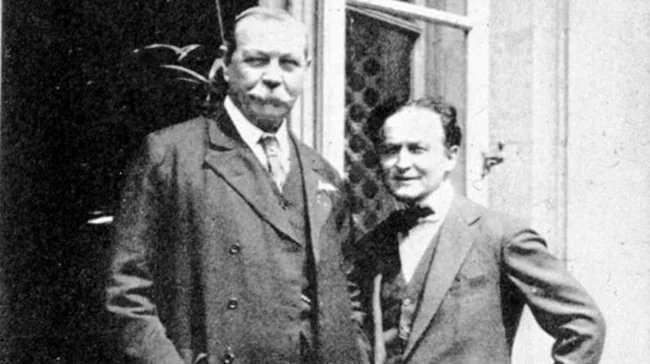
Arthur Conan Doyle and Harry Houdini
Another, no less famous person who pulled off a similar trick was Charles Darwin. As is known, his theory of evolution for a long time could not overcome the biblical version of the origin of Homo sapiens. Tired of endless arguments, he decided to make an ironic joke for the archaeologists: he threw a primate skeleton and a stick that looked like a hockey stick at the excavation site. By this he wanted to show that our hominid ancestors also played golf.
But if we leave historical anecdotes aside, the reality is that most scientists refuse to recognize the authenticity of ooparts. This is mainly due to the inability to subject “irrelevant artifacts” to radiocarbon dating, since they lack the necessary organic material.
Examples
However, I will talk about some of the ooparts that look the most plausible, since the fact of their existence was confirmed either by well-known institutions, or even at the state level.
Ancient watch ring
The discovery of a ring with a built-in clock next to a 400-year-old Ming Dynasty tomb may be one of the most mysterious archaeological discoveries of recent decades.
It was found by Chinese archaeologists during excavations of one of the tombs. When they took the sarcophagus out of the ground, they heard an object hit the bottom of the grave with a ringing sound. The sound confused the researchers because it was metallic. 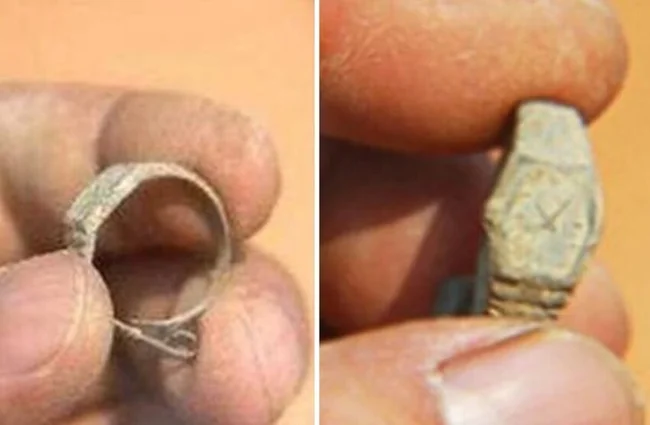
Watch ring found next to 400-year-old tomb
When they removed the earth, they realized that it was a gold-plated ring with a clock, the hands of which froze at 10:06. In appearance, the watch corresponded to the 20th century. But how did they get there? The tomb, judging by its appearance, was not looted, which means no one looked into this place for 400 years.
What is known at the moment is that the clock is genuine, and excavations at this site have been suspended. There is still no answer to the question of how they ended up there.
Penny from Maine
Another amazing artifact that I find quite interesting is a curious coin found in the American state of Maine. Many consider it one of the strangest archaeological artifacts on this continent.
The fact is that this coin dates from the period from 1065 to 1080 AD and, according to researchers specializing in this issue, it was made in Norway during the reign of Olaf III. 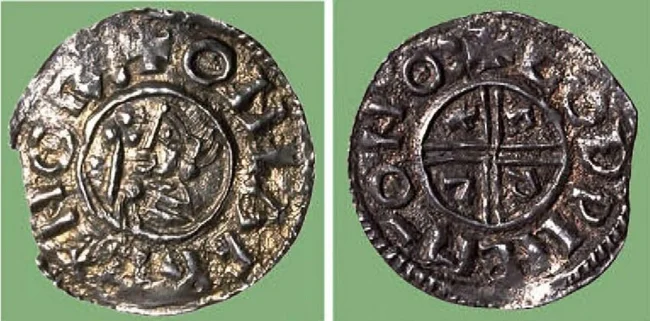
Penny from Maine
Logically, this coin should definitively prove the fact that the Vikings visited America before Christopher Columbus, but official history refuses to confirm this.
By the way, the Maine State Museum and the Smithsonian Institution have recognized the coin as genuine, although there is no shortage of scholars who argue that if the coin is genuine, then it was probably planted at the excavation site by contemporaries.
Head of Caliztlahuaca
Another oopart that I would like to tell you about is the mysterious terracotta head. It was found in 1933 by archaeologist José Garcia Payon in the area of the Mexican site of Caliztlahuaca.
This artifact was located inside an intact Aztec burial, which could be dated based on the objects found there. Apparently, the head was made no later than 1476.
And the most curious thing is that this small terracotta object (its width is approximately 3 centimeters) depicts the face of a man with Caucasian features, and it is close in style to ancient Roman sculpture. Researchers were even able to classify it due to its similarity to Roman figurines made in the 2nd century BC. uh.. 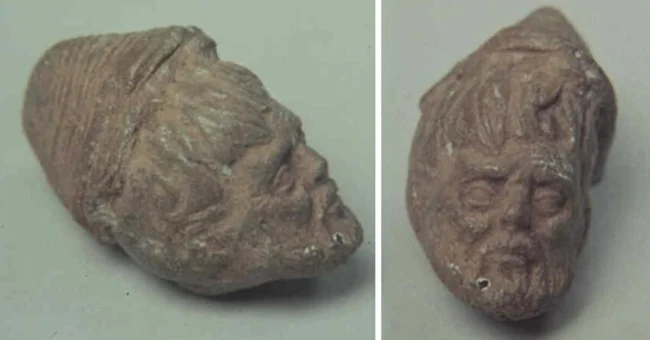
Head from Caliztlahuaca
But how could the head from Caliztlahuaca end up on the American continent hundreds of years before Columbus arrived there? Did a transoceanic route once exist between Rome and America?
As in the previous case, many institutions consider the artifact to be authentic, although it also has critics. In particular, some believe that the head was planted at the excavation site by Payon’s ill-wishers in order to discredit the archaeologist.
Among other versions one can find the following: she got there along with the expeditions of Columbus and Cortez; the figurine was brought to America through Asia on a merchant ship, or the head was on board a wind-blown Roman ship.
What do you think? Do these ooparts have a real basis or were they all falsified?
